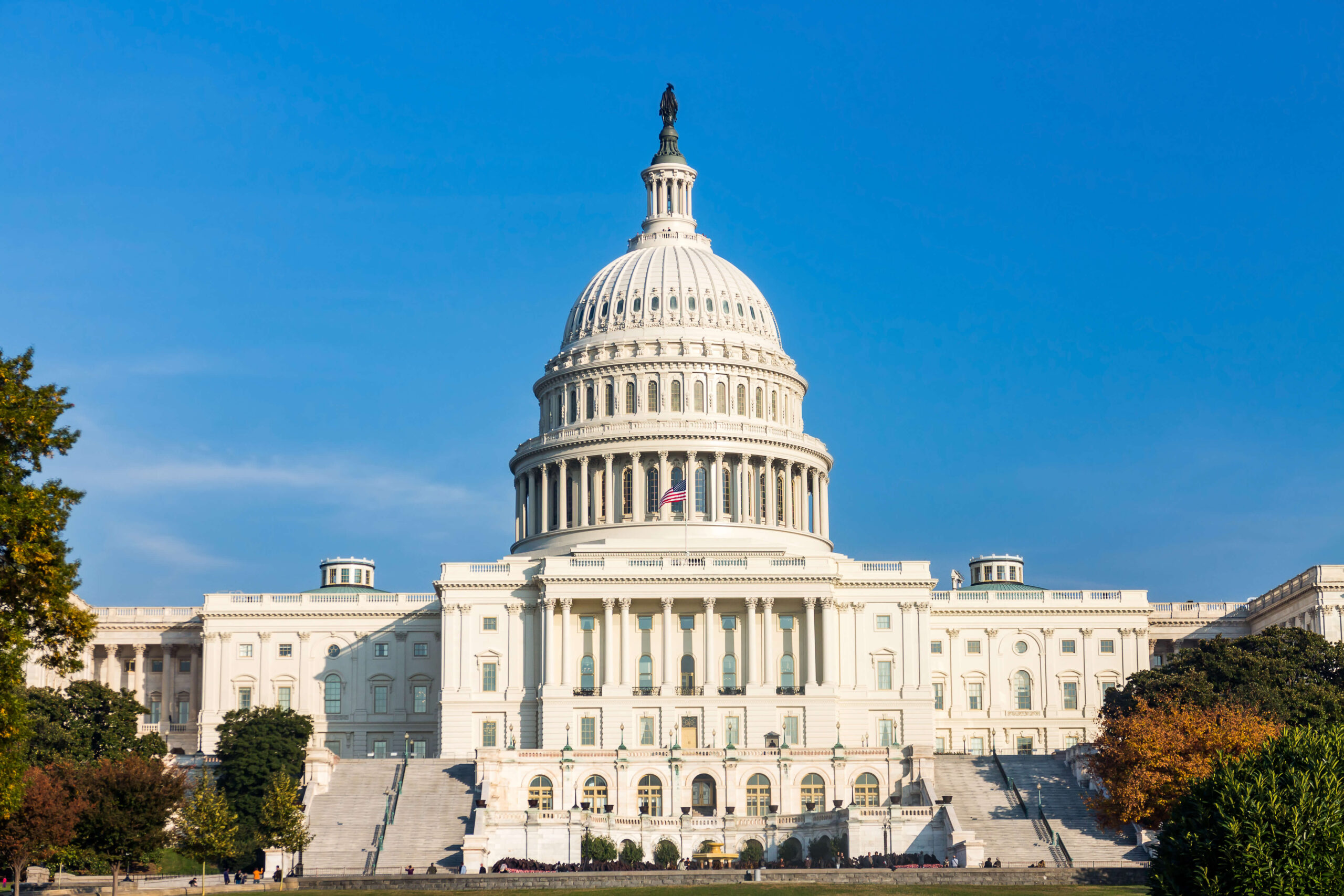Congress May Kick Appropriations Can to December. Like many of us, our elected federal legislators have grown more comfortable with working remotely. That is why this week, even though the U.S. Congress was out on its August recess, there were some developments with regard to funding the federal government beyond the current September 30, 2023, deadline. Leadership in both the U.S. House of Representatives and U.S. Senate indicated this week that when they returned to Washington, D.C., in September, they would likely move a continuing resolution to extend the current federal funding levels into early December of this year. So, while this addresses the immediate problem, it kicks the debate further down the road. We’ve seen this movie before: according to the Congressional Research Service, Congress has had to use a continuing resolution in forty-four of the last forty-seven fiscal years. The last year the government was funded through regular appropriations acts was 1997.
Foxx Guarding the Labor Agencies. Republicans in the House continue to use their oversight authority to scrutinize the regulatory and enforcement practices of the U.S. Department of Labor (DOL) and the National Labor Relations Board (NLRB).
- Rulemaking at DOL. Following the recent flurry of regulatory activity coming out of the DOL (e.g., the Occupational Safety and Health Administration’s injury and illness reporting regulation, the Office of Federal Contract Compliance Programs’ discrimination regulation, and the Wage and Hour Division’s changes to the regulations issued under the Davis-Bacon and Related Acts ), this week, Representative Virginia Foxx (R-NC), chair of the Committee on Education and the Workforce, and Representative Kevin Kiley (R-CA), chair of the Subcommittee on Workforce Protections, sent a letter to Acting Secretary of Labor Julie Su raising questions about the DOL’s adherence to proper rulemaking procedures. The letter specifically addresses the DOL’s alleged failures to adequately assess the impacts of certain rules on small businesses: “By failing to analyze the effects on small businesses adequately,” the letter states, “DOL is undermining confidence in its rulemakings and engaging in rule by executive fiat.” Representatives Foxx and Kiley concluded their letter by requesting information about the alleged regulatory missteps and formally asking Acting Secretary Su how she plans to resolve any procedural issues related to the DOL’s much-anticipated independent contractor rule.
- Alleged Board election misconduct. Also this week, Representative Foxx continued to press the NLRB for information relating to alleged “misconduct by NLRB officials in representation elections and the NLRB’s responses when such misconduct occurs.” The letter follows up on the results of a committee subpoena issued to an NLRB whistleblower. The letter states: “In total, the whistleblower provided the Committee with more than 500 pages of information that shows questionable conduct and improper actions by NLRB officials in 33 representation elections. Unfortunately, these instances were not limited to a single officer or region; the misconduct was widespread, covering 15 NLRB regions.”
Note that these inquiries are coming at a time, as discussed above, when federal legislators are debating funding levels for federal agencies.
MSHA Extends Silica Rule Comment Due Date. The Mine Safety and Health Administration (MSHA) has extended the deadline for the public to submit comments on its proposed respirable crystalline silica standard. The original deadline was August 28, 2023, but MSHA has pushed that date back to September 11, 2023, “in order to provide stakeholders and interested parties an additional 15 days to review the proposal and prepare comments.” It is unlikely that this extra fifteen days will have a substantial impact on the timing of the issuance of any final standard.
SECURE 2.0 Comments. On August 11, 2023, the Employee Benefits Security Administration published a request for information (RFI) “to solicit public feedback and to begin developing a public record for a number of provisions of [SECURE 2.0] that impact the reporting and disclosure framework of the Employee Retirement Income Security Act of 1974 (ERISA).” The RFI seeks input regarding, among other issues:
- pooled employer plans;
- emergency savings accounts linked to individual account plans;
- performance benchmarks for asset allocation funds;
- defined contribution plan fee disclosure improvements;
- eliminating unnecessary plan requirements related to unenrolled participants;
- the requirement to provide paper statements in certain cases;
- consolidation of defined contribution plan notices;
- information needed for financial options risk mitigation; and
- defined benefit annual funding notices.
Comments are due by October 10, 2023.
Safety First. On August 18, 1966, the U.S. House of Representatives passed, by a vote of 318–3, the Highway Safety Act of 1966. President Lyndon Johnson signed the bill into law, together with the National Traffic and Motor Vehicle Safety Act, on September 9, 1966. The two bills addressed the dramatic spike in vehicular injuries and fatalities that had accompanied the growing “motorization” of America in the 1950s and early 1960s. Attorney Ralph Nader, who had previously served as a highway traffic consultant to then-Assistant Secretary of Labor Daniel Patrick Moynihan, helped drive the legislative effort to address transportation safety with his 1965 critique of the automotive industry, Unsafe at Any Speed. The resulting Highway Safety Act appropriated funds for states to use on roads as long as the state developed a “highway safety program approved by the Secretary [of Commerce], designed to reduce traffic accidents and deaths, injuries, and property damage resulting therefrom.” The act also established the National Highway Safety Bureau, which later became the National Highway Traffic Safety Administration.





